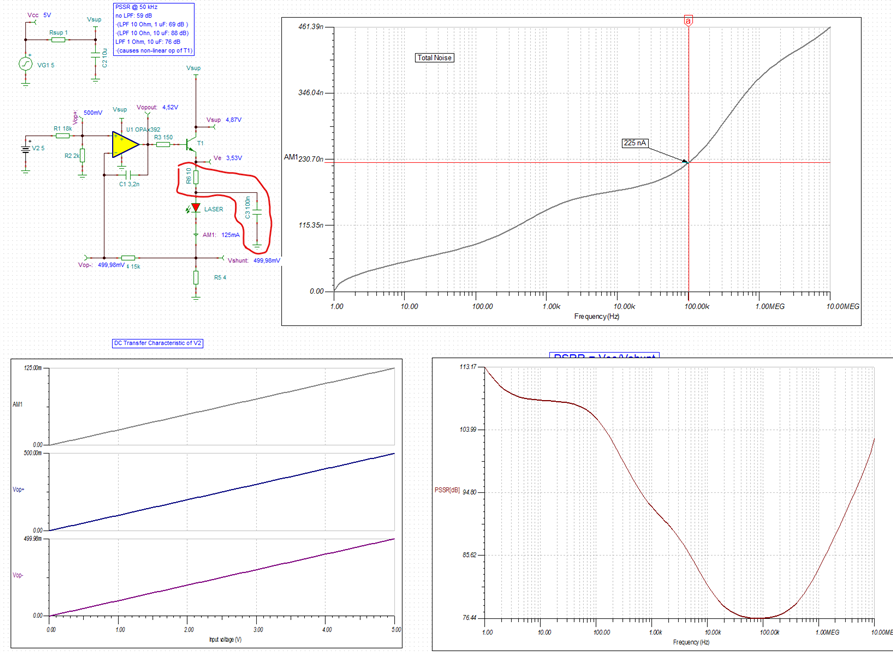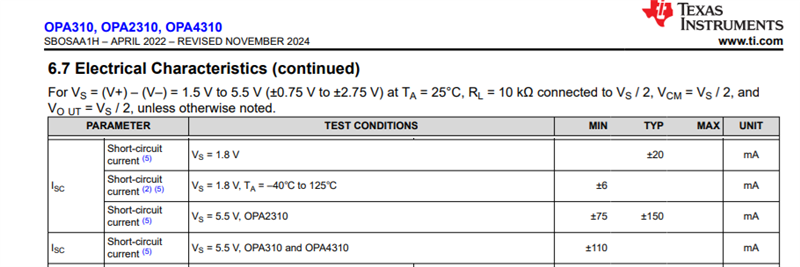Other Parts Discussed in Thread: OPA310, OPA567, OPA569
Tool/software:
Hello,
I'd like to pick up the referenced thread where it ended: Simulating the voltage-to-current converter circuit, we initially discussed (and simulated) the total noise up to 100 kHz. Then Marek Lis pointed out that "total noise keeps increasing at higher frequency and thus the signal would have to be limited with LPF to get this value.". Now when I extended the simulation for total noise up to 10 MHz, that did not limit the total noise. It kept steeply increasing after 100 kHz.Marek explained this observation with "I believe that the increase in the total noise above 10MHz is caused by inaccurate modeling of the open-loop output impedance (Zo) and therefore is not real".
I understand that the model for a 13 MHz amplifier does not characterizes noise properly for frequencies above its gain bandwidth.
However, I'm interested about the noise between 100 kHz and 10 MHz that increases steeply. Is that real and if so why is it not limited by the LPF? Can it be limited further?
Thanks.
Best regards,
Dan
PS: if the referenced thread already provides the answer, please point me to it. I may have overlooked it.





